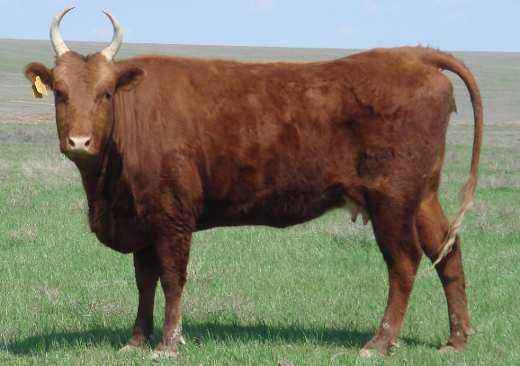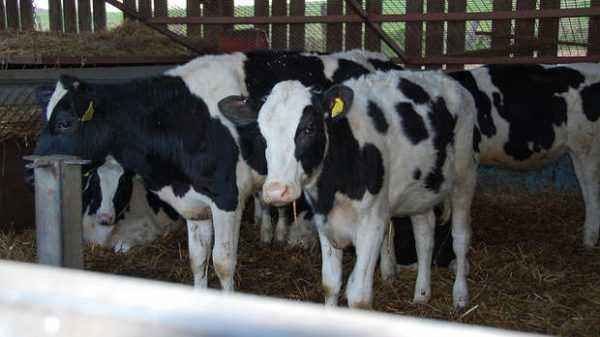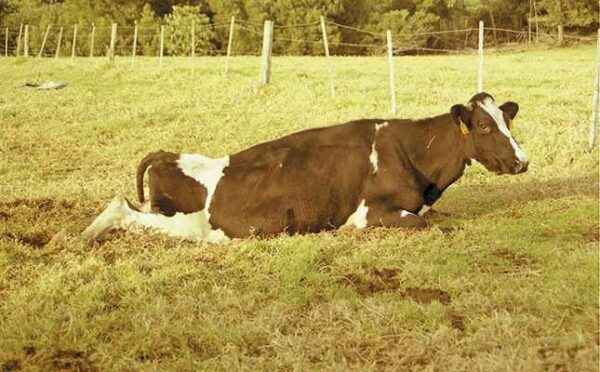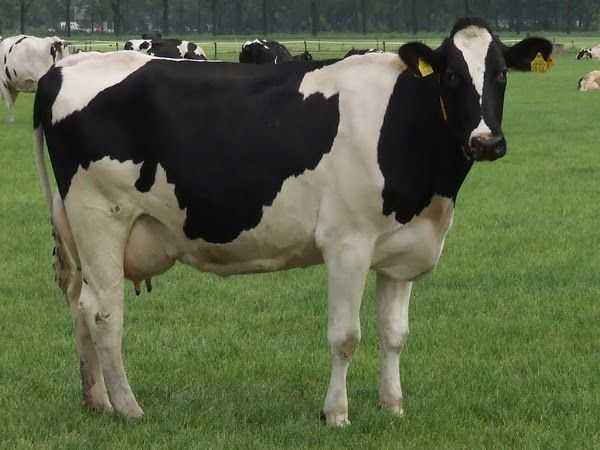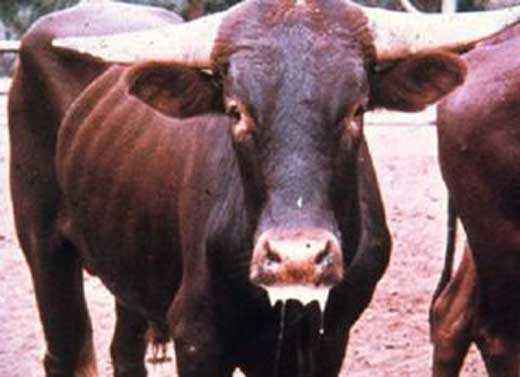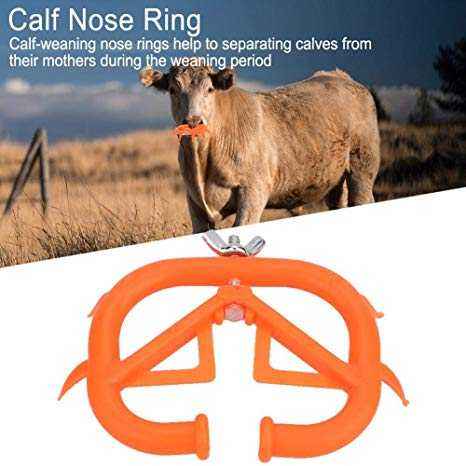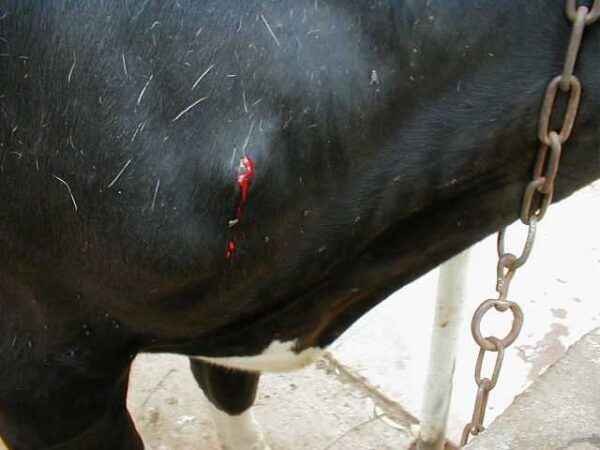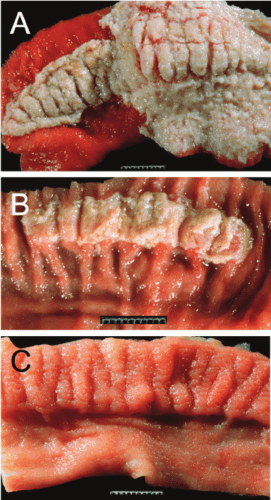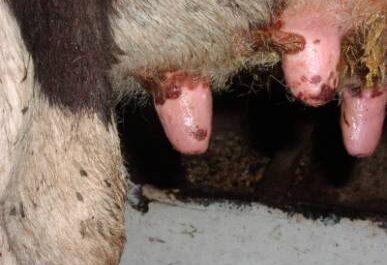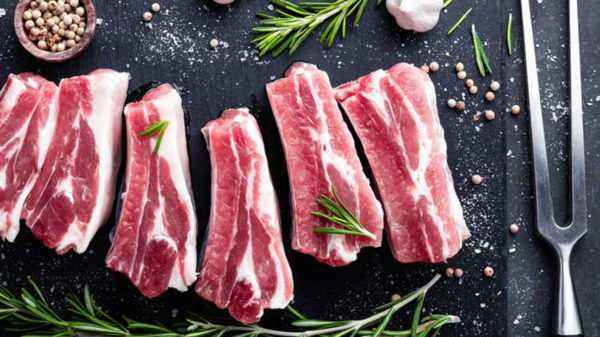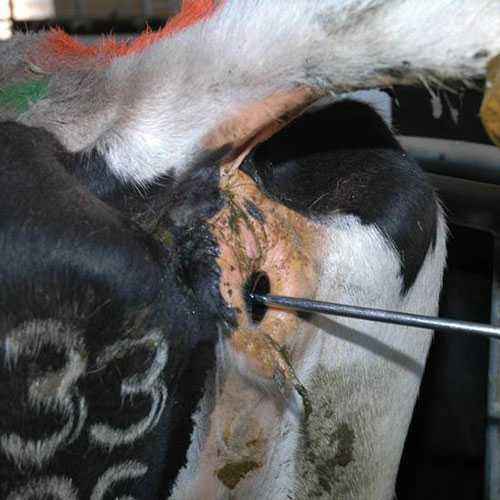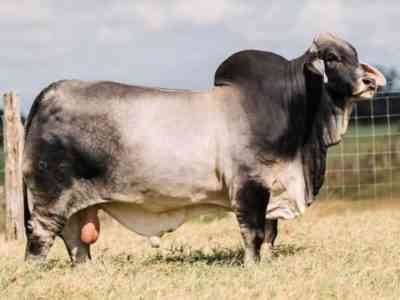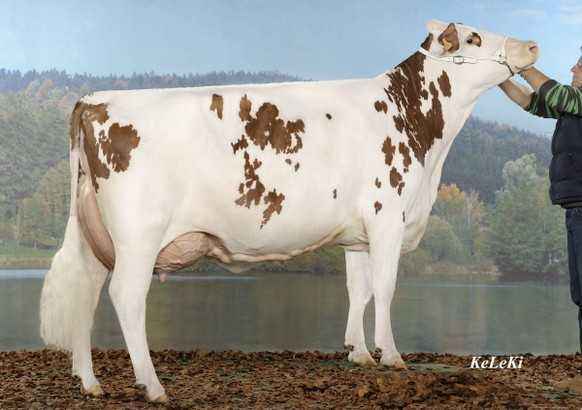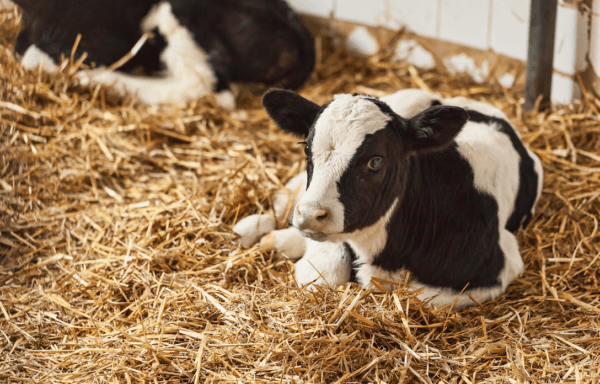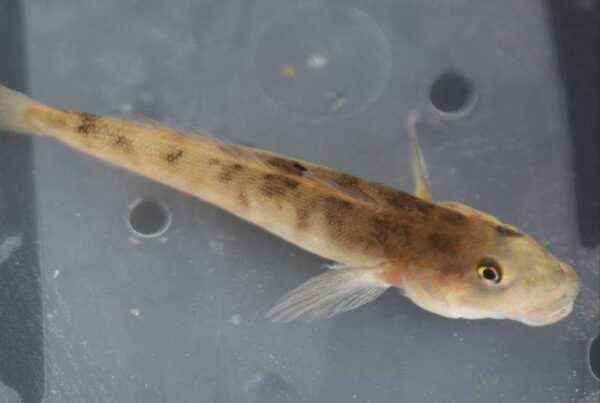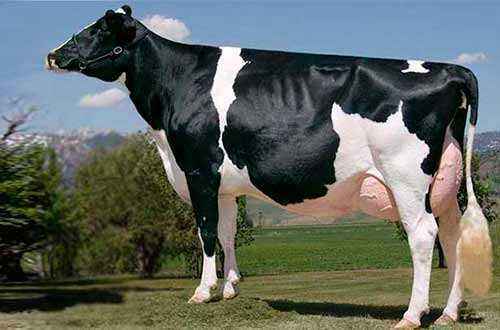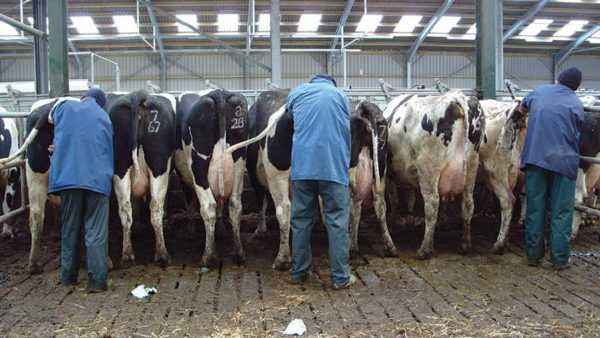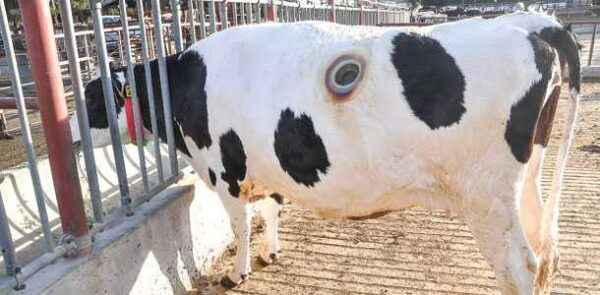The Russian Yaroslavl breed of cows has gained popularity among domestic farmers due to productivity in the 19th century, when the demand for livestock products increased with the growth and development of large cities of Russia, which contributed to putting it on a separate line.
- About Yaroslavl cows
- External signs of cows from Yaroslavl
- Productive characteristic
- Meat yield
- Milk productivity
- Attractiveness for breeding
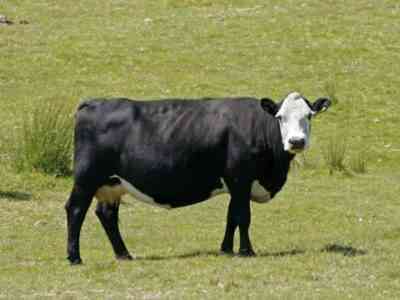
Yaroslavl breed of cows
About Yaroslavl cows
With the emergence of the oil and cheese industries of domestic industry in the 80s of the XIX century, there was an urgent need to obtain products To this end, Russian dairy associations conducted a laborious and lengthy selection of cattle representatives in order to develop a species that would firmly take a leading position in animal husbandry in terms of milk yield and milk production.
When breeding Yaroslavl cows Holstein, Algauz and Simmental individuals participated in the crossing, but their further use was discontinued due to a decrease in the production of fat content from offspring.
The main progenitor of Yaroslavl breed of cows became the local northern Great Russian cattle, from which the best specimens were selected for reproduction. At the same time, the exterior was also of great importance in breeding.
By the 80s of the last century, the described breed of cows had its appearance flaws minimized when the Holstein bull became a participant in the cross, resulting in the Mikhailovsky branch of burenki.
Beginning from the Soviet time, in Russia, cows of the Yaroslavl breed began to start livestock farms not only in Yaroslavl, but also in Ivanovo, Vologda, Kostroma and Tyumen. Yaroslavl bull became an active participant in the reproduction of Kostroma and Istoben animals.
External characteristics of cows from Yaroslavl
Characteristics of the Yaroslavl breed of cows describe these animals as dairy individuals with a slightly angular constitution physique and underdeveloped musculature:
- the bull grows to 1.25-1.27 m at the withers with an oblique length of 1.52-1.55 m,
- in animals a residually developed skeleton with a dry head, which differs from many representatives of cattle in the elongated front part,
- poorly developed rod from a deep (about 0.7 m), but narrow (up to 0.37 m) rib cage,
- thin low limbs,
- the back is wide, drooping with a roof-shaped sacrum.
The dairy type of cattle determines the structure of the milking apparatus of the animal. The udder of the Yaroslavl cow has a cup-shaped shape, is equipped with long nipples, in front wide apart and posteriorly close, moderately developed milk veins.
Judging by the photo of the first representatives of the breed, the modern bull from Yaroslavl is not much similar to the pre-revolutionary ancestors, who were small in stature and did not differ in special health.
Animal color on The photo is mostly black with a white head. A characteristic feature is the so-called “glasses” – peri-ocular rings. The red color of cattle representatives from Yaroslavl is also found in nature.
Productive characteristic
The Yaroslavl cow recorded high average indicators of meat and dairy productivity.
Meat yield
The average weight of grown bull-calves is in the range from 0.7 to 0.9 tons, in rare cases reaching up to 1.2 tons. The mass of heifers ranges between 0.45 and 0.55 tons Newborn calves weigh approximately 25-30 kg, gaining 150-170 kg by the age of six months, daily showing an increase of 700-750 g. When the calves reach annual tax of age, their body weight varies from 0.35 to 0.37 tons, gaining 800-900 every day. Yaroslavsky bull gains weight up to half a ton by 1.5 years, heifers – 0.35-0.38 tons. With these indicators the slaughter yield given by one representative of cattle from Yaroslavl is in the range of 50-62% with satisfactory quality characteristics of meat.
Milk productivity
Advanced pedigree cows recorded annual average milk yield in the amount of up to 5.0-5.5 thousand kg of milk with fat content from 4.0 to 4.2%.At the same time, in the Ivanovo region, a cow of the Yaroslavl breed produced 11.59 thousand kg per year. Animals of medium parameters are guaranteed to provide average milk yields of 2.7 d 3.5 thousand kg of dairy products. Among the highest indicators of the content of the fat component, figures of 6.1% were noted. The content of the protein component in Yaroslavl cows is in the range of 3.5-3.7%. Products from cattle from Yaroslavl have their own advantages: taste and nutrition.
Attractiveness for breeding
Today the number of cattle from Yaroslavl is sharply reduced.This is due to the appearance in the domestic and foreign animal husbandry of updated breeding lines that prevail over Yaroslavl cows by higher milk yields.
The largest number of livestock can be noted in the homeland of these animals, as well as in Tver, Ivanovo and Vologda. The total number of Russian regions that breed Yaroslavl cows totals 7 regions.
Among the main advantages of Yaroslavl animals, domestic farmers note:
- high milk quality indicators,
- good reproduction of offspring – during the reproductive period Yaroslavl calves from 1 to 5 are born,
- adaptation to new conditions of keeping and feeding.
Not different large and not gaining a lot of weight, the Yaroslavl breed of cows does not require much feed, but with a poor diet provides large volumes of milk fat, which allows livestock breeders to get the most profit at the least cost.
